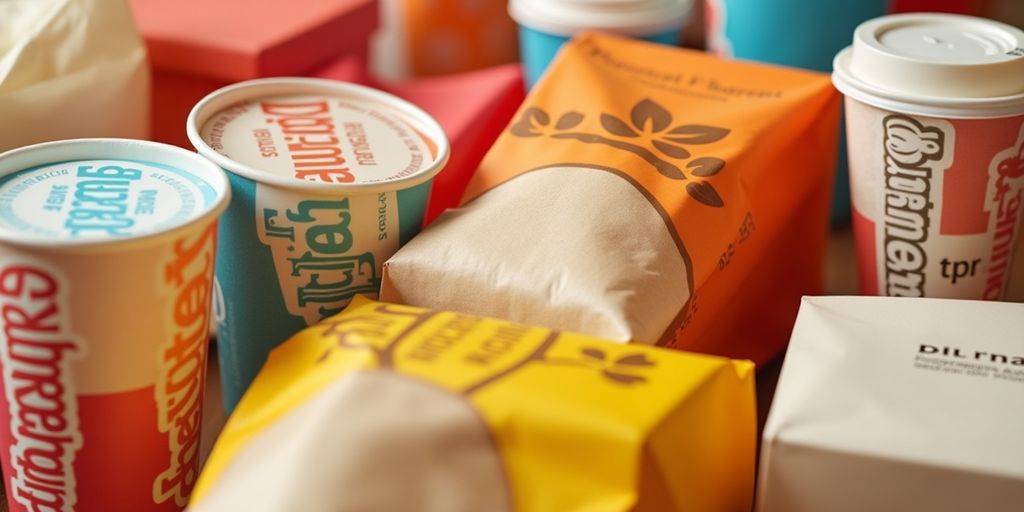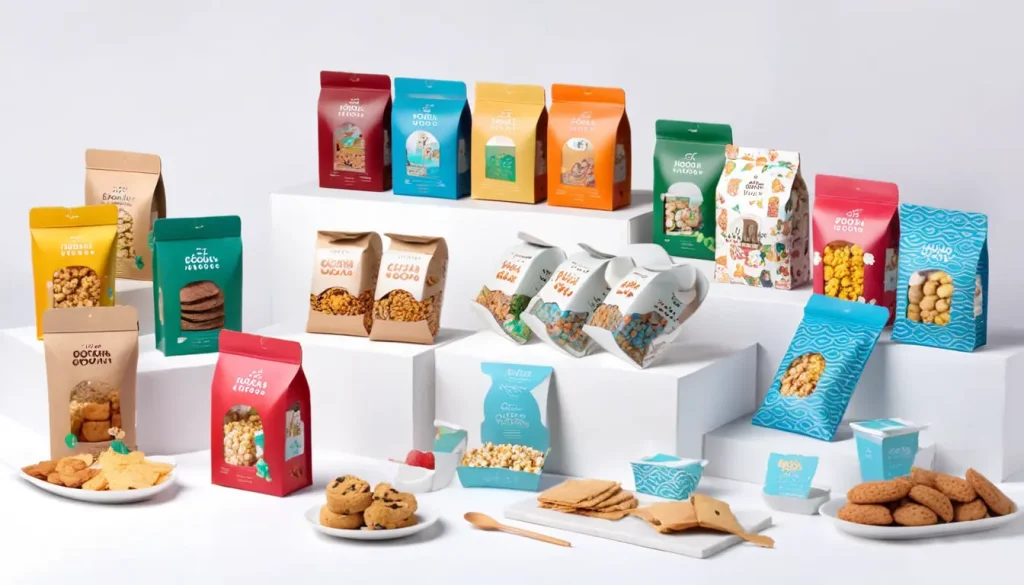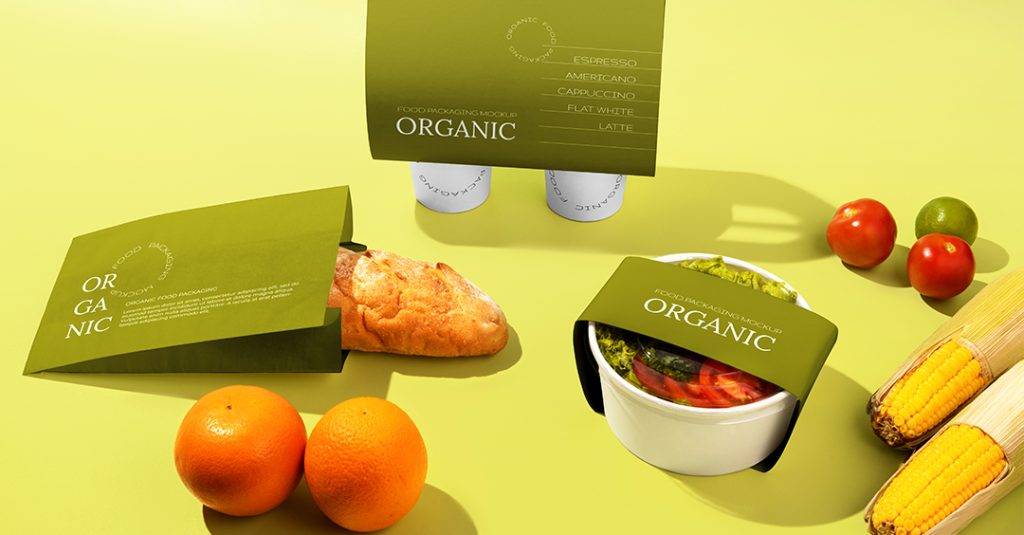The world of packaging is evolving, and at the forefront of this revolution is edible packaging. As a marketing professional, understanding the intricacies of inks for edible packaging can provide you with a competitive edge. This article delves into how these inks are transforming the packaging industry and why they matter to you.

What is Edible Packaging?
Edible packaging refers to packaging materials that can be safely consumed by humans. These materials are crafted from food-grade substances, ensuring they are non-toxic and environmentally friendly. The use of such packaging aligns with the growing consumer demand for sustainable and safe products.
Why Use Inks for Edible Packaging?
The use of inks for edible packaging is crucial for branding and information dissemination. These inks enable manufacturers to print logos, nutritional information, and other vital details directly onto the edible packaging. This not only enhances the product’s aesthetic appeal but also provides consumers with necessary information.
Understanding the Ingredients
Inks used for edible packaging are made from FDA-approved food-grade ingredients. These typically include water, food colorants, and binding agents. The safety and quality of these ingredients are paramount, as they must not alter the taste or integrity of the food they package.
Benefits of Edible Packaging Inks
- Eco-Friendly: Reduces waste by eliminating traditional packaging.
- Safe for Consumption: Made from non-toxic, food-grade materials.
- Enhances Branding: Allows for creative and informative designs.
Challenges in the Industry
While the benefits are clear, there are challenges to overcome. These include ensuring the inks do not affect the food’s taste, maintaining stability under various conditions, and meeting stringent regulatory standards.
Regulatory Standards
The production and use of inks for edible packaging are subject to rigorous standards set by organizations like the FDA and EFSA. These ensure that the inks are safe for human consumption and meet quality benchmarks. For marketers, understanding these regulations is essential for compliance and consumer trust.
Technological Advancements
Advancements in technology have led to the development of more sophisticated inks that offer better performance and safety. Innovations in nanotechnology and biopolymers are paving the way for more dynamic and versatile edible packaging solutions.
How Marketing Professionals Can Leverage Edible Packaging
For marketers, edible packaging presents a unique opportunity to align with consumer values of sustainability and safety. By leveraging the benefits of inks for edible packaging, brands can enhance their image and connect with eco-conscious consumers.
Case Studies
Several companies have successfully integrated edible packaging into their offerings. For instance, a popular ice cream brand uses edible wrappers to reduce waste, while a renowned chocolatier prints intricate designs on their chocolates using edible inks.
Future Trends
Looking ahead, the demand for edible packaging is expected to rise. As more consumers prioritize sustainability, brands that adopt these innovations will likely gain a competitive advantage. The development of more vibrant and longer-lasting edible inks will further expand the possibilities for packaging design.

FAQs
Are edible inks safe for all types of food?
Yes, edible inks are designed to be safe for a wide range of food products. However, it’s essential to ensure they are used in accordance with regulatory guidelines.
Can edible packaging replace traditional packaging entirely?
While edible packaging offers many benefits, it may not completely replace traditional packaging. It is most effective when used for specific products and in combination with other sustainable practices.
How can brands ensure the quality of edible inks?
Brands should work with reputable suppliers who adhere to industry standards and conduct regular quality checks to ensure the inks’ safety and effectiveness.
For more insights on food-safe inks, visit choosing food-safe inks. To explore the safety regulations further, check out edible ink safety.
This article contains affiliate links. We may earn a commission at no extra cost to you.






